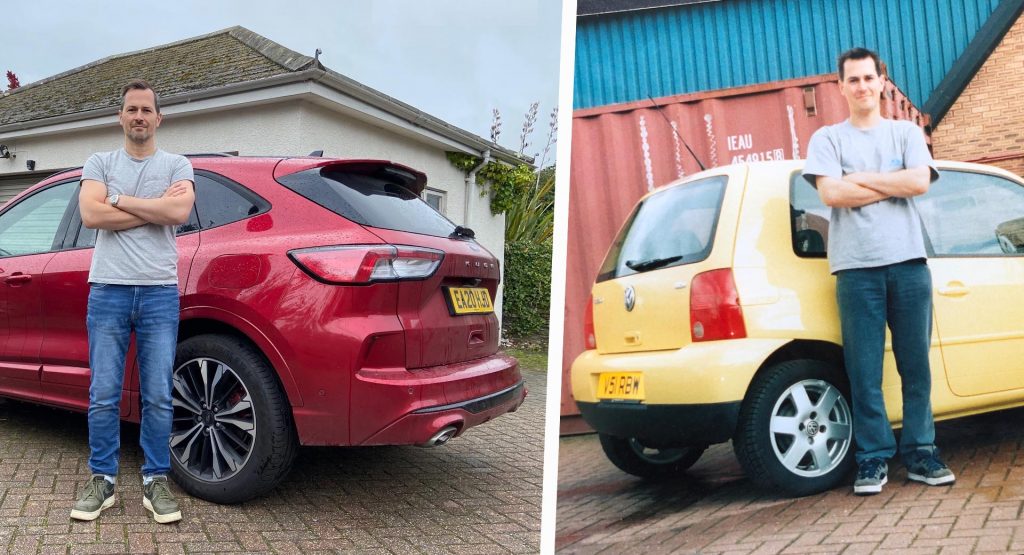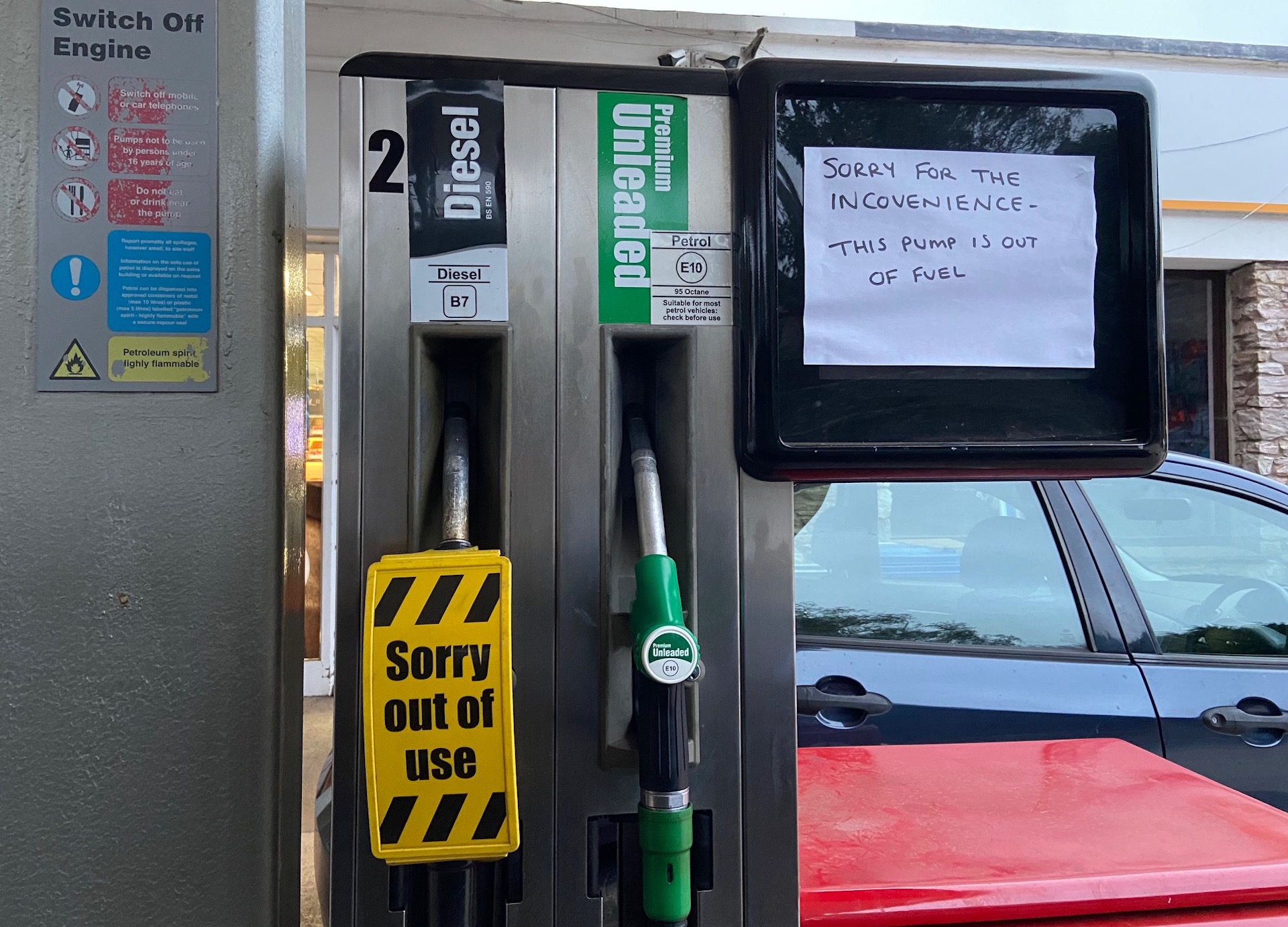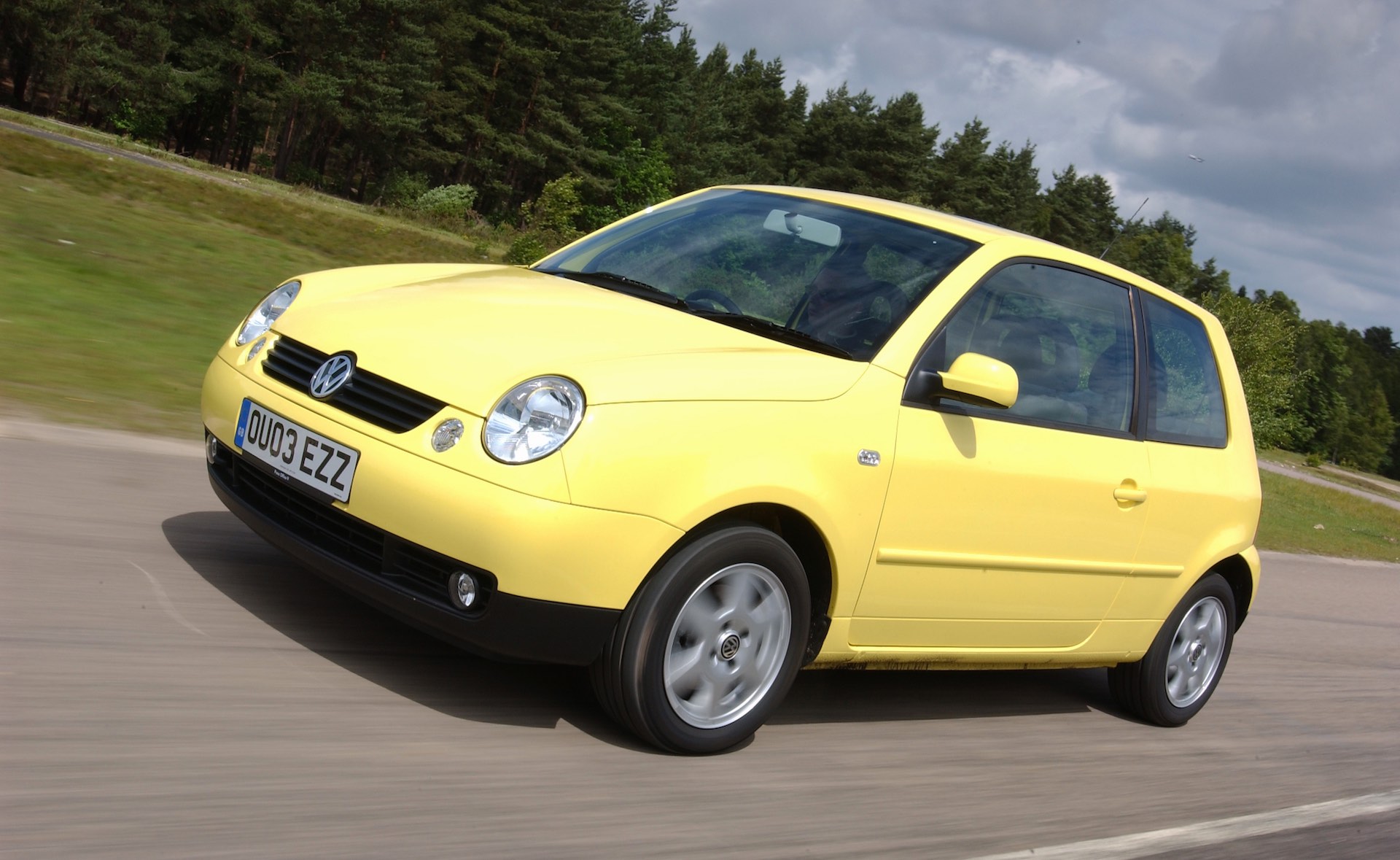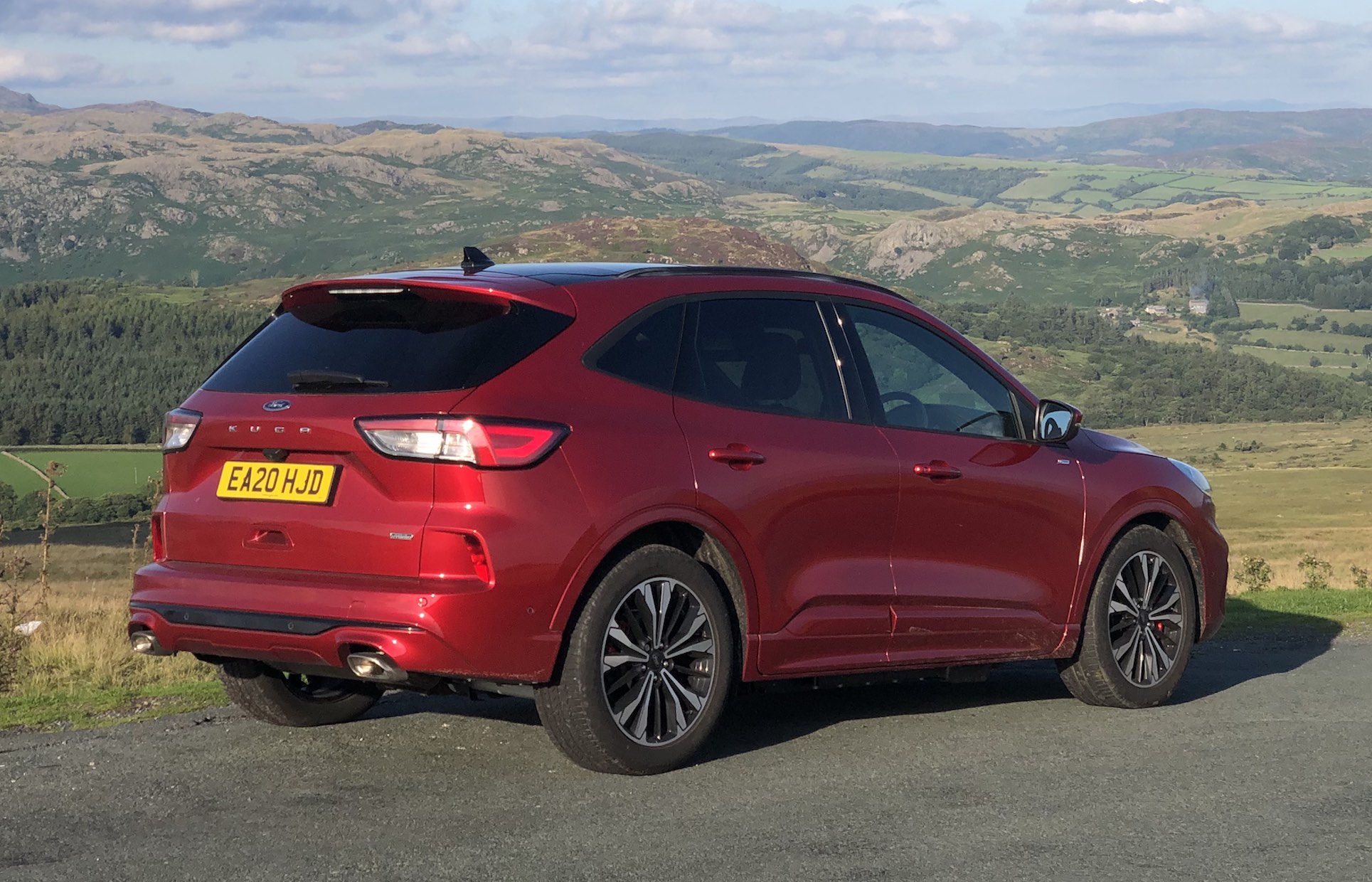Britain is in the grip of a fuel crisis. There’s plenty of fuel to go around, but there aren’t enough drivers to get it to the service stations so drivers can fill-up. And panic buying has only made the situation worse, leaving many people who genuinely need to use their car or van for work, stranded, because many petrol stations are closed.
I’m doing fine though, thanks. My creaky old Honda CR-V might be immobilised, but the 2021 Ford Kuga PHEV it shares driveway space with is purring along quite nicely on electric power. Unsurprisingly, car dealers in the UK are reporting a strong upturn in inquiries about electric cars.
Rewind 21 years to Britain’s last major fuel crisis, and electric vehicles were practically non-existent. But dealers were probably experiencing the same swell in demand for diesel cars thanks to their ability to go 50 per cent further than petrol models on a fill.
There was no shortage of tanker drivers in September 2000, but anger over rising fuel prices led famers and truck drivers to blockade a series of oil refineries, strangling supply to service stations. Then trucks began blocking motorways with go-slows as campaigners demanded the government reduce fuel taxes.
Related: One Injured After Hummer Stockpiling Gasoline Cans Bursts Into Flames In Florida
Britain ground to a halt as service stations ran dry, and those who still had fuel become all too aware of the value of their stock. According to The Guardian, one independent retailer was selling fuel at £2.42 per liter, the equivalent of £4.20 today, or $22 per U.S. gallon.
Short Wheelbase, Long Legs
But by pure fluke, I’d just blagged my way into a job as a car reviewer for my local newspaper while in my last year at university, and my first press car had arrived. And it was only about the most economical car on sale in the entire country at that point.
The car was a Volkswagen Lupo SDI, a shortened Polo powered by a naturally aspirated 1.7-liter four-cylinder diesel. The power and torque numbers look laughable by modern turbocharged standards. It made just 59 hp and 84 lb-ft, and it definitely wasn’t quick. Zero to 62 mph took 16.8 seconds, though its huge spread of torque (no turbo lag, remember) meant it was a relaxing ride.
But what really made it relaxing was its ability to eke up to 64 miles from every UK-sized gallon (and the fact that VW had kindly brimmed it before throwing me the keys). Okay, so it wasn’t quite as frugal as the incredible lightweight 3L Lupo (94 mpg UK; 78 US), but even mated with a miniscule 34-liter (9 gal U.S.) tank it had a range of almost 500 miles, meaning I didn’t have to worry about all those ‘Sorry, no fuel’ signs hung out on every service station I passed.
Different Fuel, Similar Story
Twenty-one years later, electric power is giving me the same smug feeling. Well, maybe not quite so smug. My Ford Kuga PHEV’s 35-mile WLTP electric driving range (37 EPA miles for the equivalent Ford Escape) is long by PHEV standards and it’s been bliss being able to fill it up on my driveway every night this week while every news station is full of stories of stranded motorists.
But it’s only been fine because I’ve not had to leave my town this week. I dread to think how long it would take me to charge-drive-charge the 200 miles between my house and London’s Heathrow Airport.











